The Role of Students in Protecting the Environment in 350 words, Discover how students can protect the environment through simple, actionable steps. Learn the importance of youth involvement in creating a sustainable future.
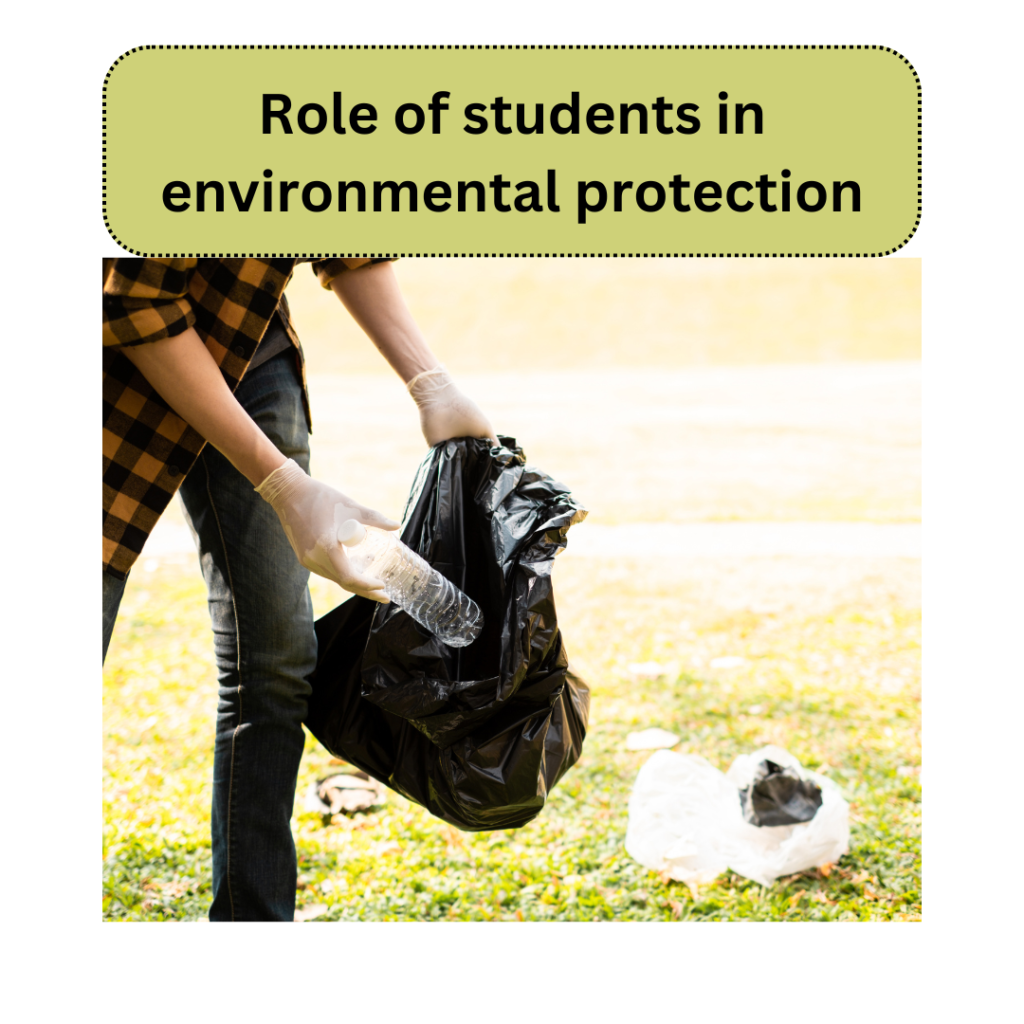
The Role of Students in Protecting the Environment in 500 words
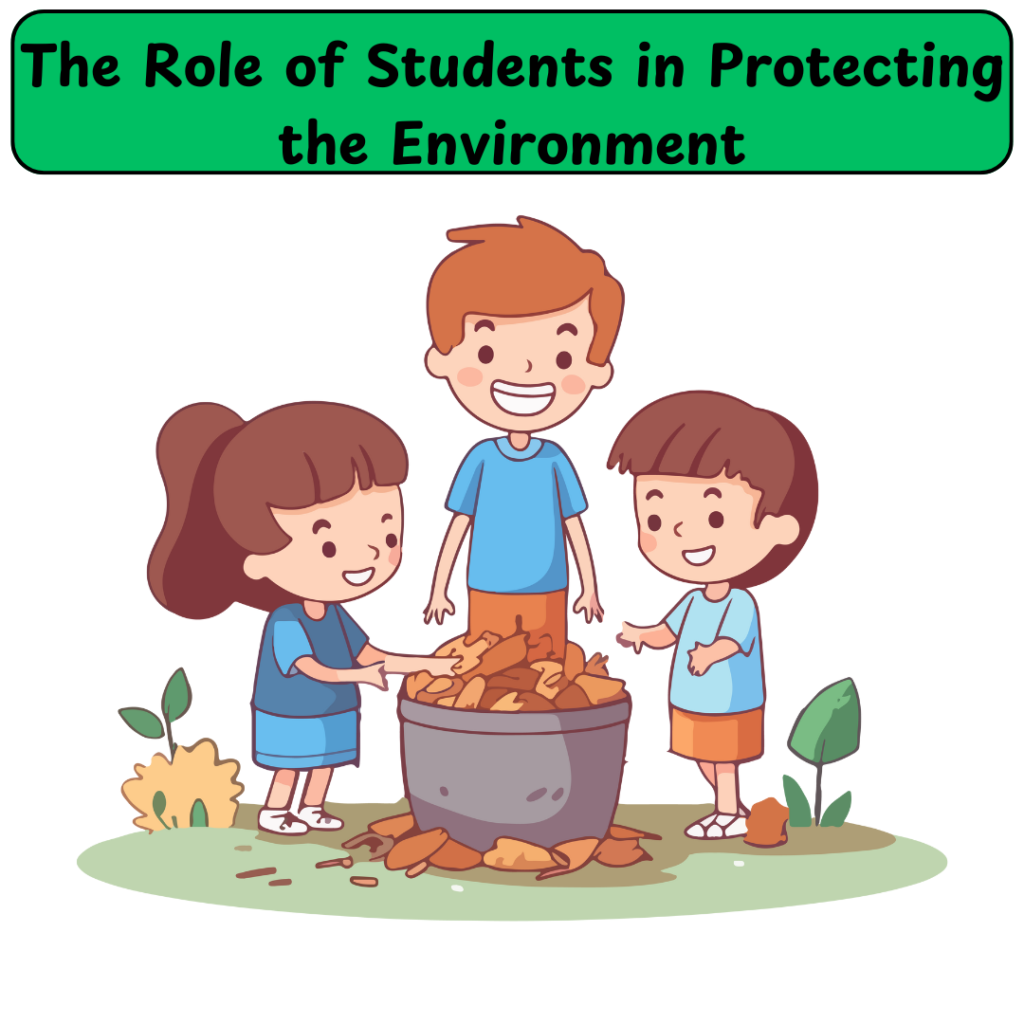
Introduction
The environment is our home, and protecting it is essential for the survival of all living beings. Students, as the future leaders of our world, play a vital role in this mission. Their enthusiasm, energy, and innovative ideas can make a big difference.
Why is Protecting the Environment Important?
Protecting the environment means taking steps to keep our natural surroundings clean and healthy. This includes air, water, soil, plants, and animals. A healthy environment ensures fresh air, clean water, and fertile soil, which are essential for human survival. Without these, life would become extremely difficult.
Challenges Facing the Environment
- Pollution: The release of harmful substances into the air, water, and soil.
- Deforestation: Cutting down trees for land or wood.
- Global Warming: The rise in Earth’s temperature due to greenhouse gases.
- Waste: The improper disposal of plastic and other non-biodegradable materials.
Role of Students in Environmental Protection
1. Awareness and Education
Students can spread awareness about environmental issues by educating their peers and communities. Simple acts like organizing discussions, debates, or presentations in schools can create a ripple effect of knowledge.
- Example: Hosting a recycling workshop to teach others how to reduce waste.
2. Leading by Example
Students should practice what they preach. Simple habits like switching off lights when not in use, conserving water, and using eco-friendly products can inspire others.
- Keywords: Save electricity, conserve water, use eco-friendly items.
3. Participating in Green Activities
Involvement in activities like tree plantation drives, cleanliness campaigns, and waste management programs allows students to take direct action.
- Example: Joining “Green Clubs” or participating in local clean-up drives.
4. Advocating for Change
Students can voice their opinions to leaders and policymakers, urging them to implement eco-friendly policies. Youth-led campaigns and movements have the power to bring about significant changes.
5. Reducing Plastic Use
Plastic pollution is a major issue. Students can promote the use of alternatives like cloth bags, steel bottles, and biodegradable materials.
- Popular Keywords: Reduce plastic, sustainable living, zero waste.
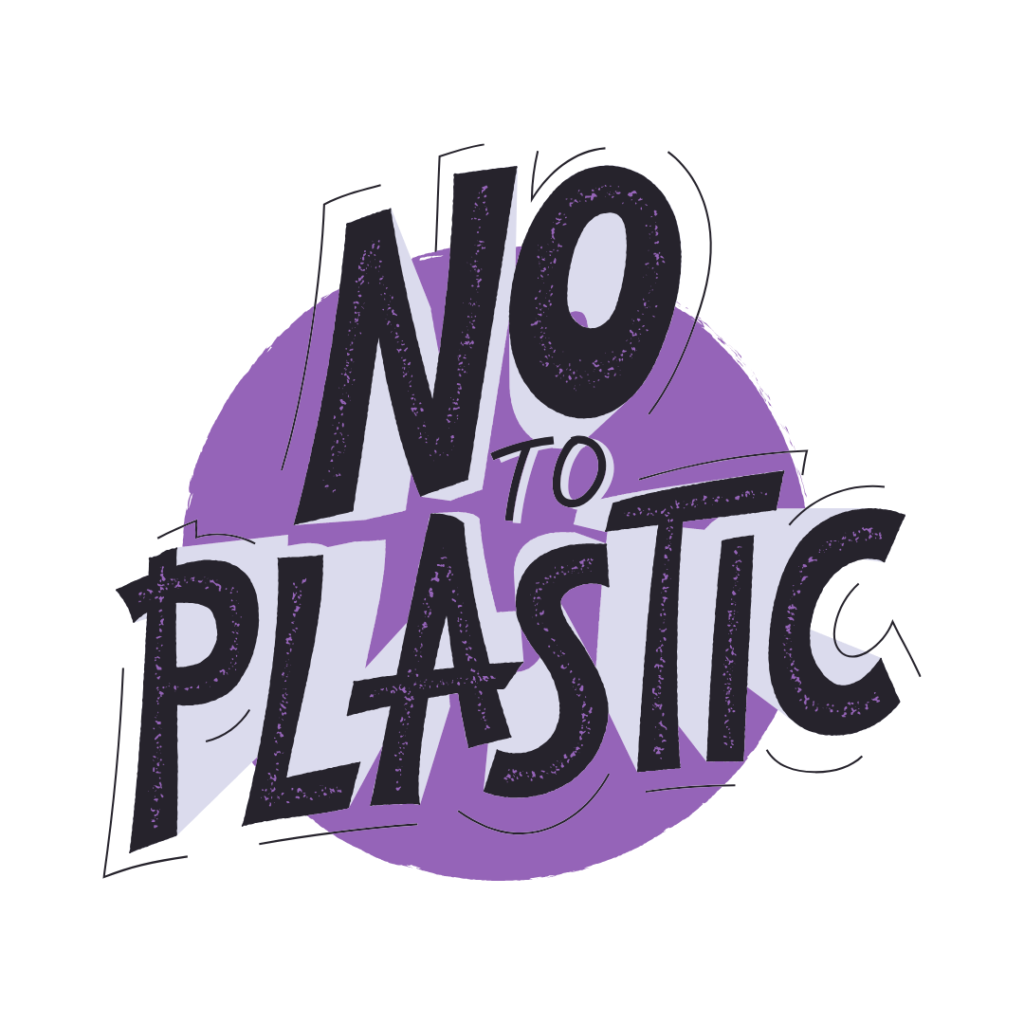
Simple Steps for Students to Protect the Environment
- Use bicycles or walk instead of cars for short distances.
- Plant trees in your school or neighborhood.
- Recycle paper, glass, and metal.
- Avoid wasting food and water.
- Participate in environmental competitions and programs.
Conclusion
The role of students in protecting the environment is crucial. By taking small but meaningful actions, students can create a big impact. Protecting nature today will ensure a healthier planet for future generations. Let us all work together to make the Earth a better place to live.
Glossary
- Sustainable: Capable of being maintained without exhausting resources.
- Biodegradable: Materials that can decompose naturally.
- Greenhouse gases: Gases that trap heat in the atmosphere, causing global warming.
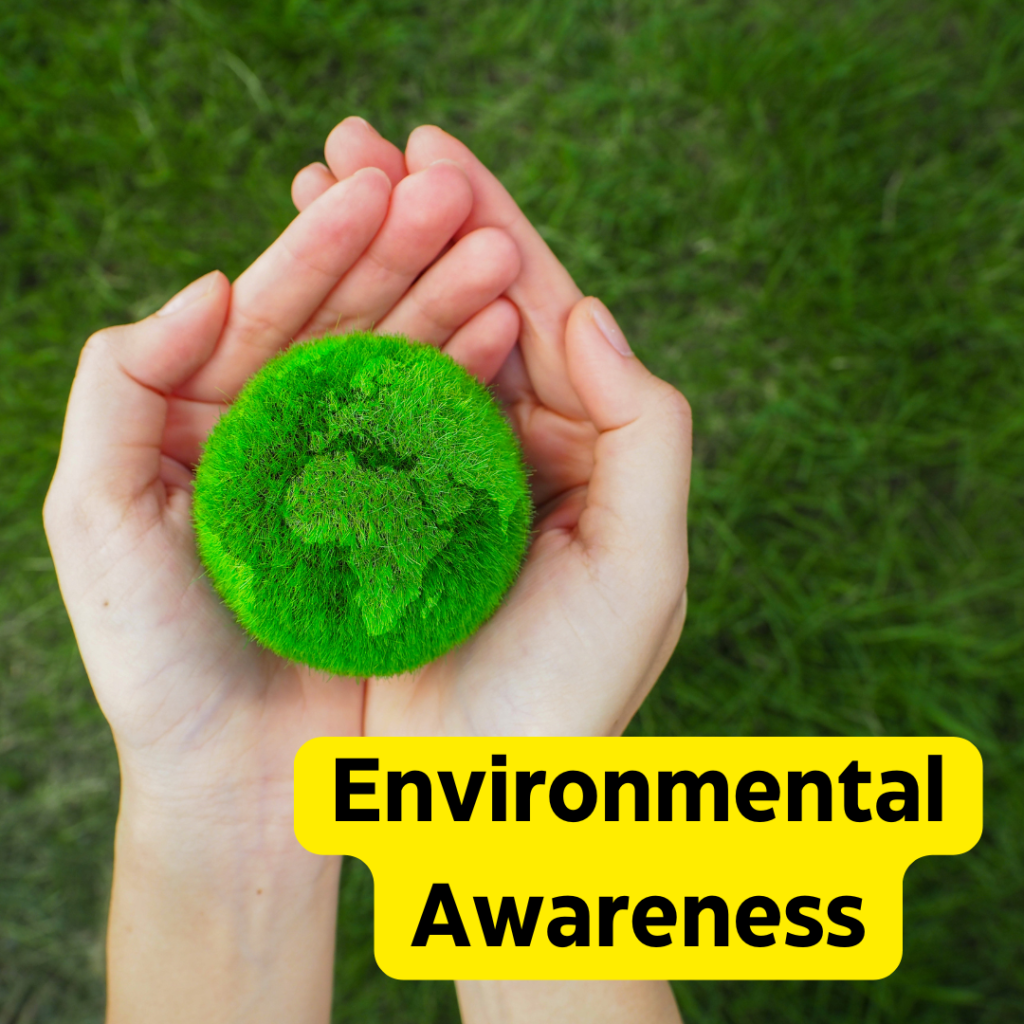
The Role of Students in Protecting the Environment in 350 Words
The environment is the foundation of life, providing air, water, and resources essential for survival. As the future leaders of society, students have a significant role in protecting the environment. Their actions today can shape a better tomorrow.
Why Should Students Protect the Environment?
Environmental protection is essential to combat challenges like pollution, deforestation, and global warming. Without a healthy environment, life on Earth would be at risk. Students have the energy, creativity, and ability to raise awareness about these issues and bring change.
How Can Students Contribute?
1. Spreading Awareness
Students can educate others about environmental problems through campaigns, social media, and events. This helps communities understand the importance of conservation.
2. Practicing Sustainable Habits
Small actions like turning off unused lights, conserving water, and using eco-friendly products set an example for others to follow.
3. Participating in Green Activities
Students can take part in tree plantation drives, clean-up campaigns, and recycling programs to make a direct impact on the environment.
4. Reducing Waste
Promoting the use of reusable bags, bottles, and containers helps reduce plastic pollution.
Conclusion
Students are key players in building a sustainable future. By adopting eco-friendly habits, participating in green initiatives, and spreading awareness, they can make a significant difference. Protecting the environment today is not just a choice—it’s a responsibility. Together, we can create a cleaner, greener planet for future generations.

The Role of Students in Protecting the Environment in 300 words
Students play a crucial role in protecting the environment, as they are the torchbearers of the future and possess the potential to bring about meaningful change. Awareness and action among young minds can significantly contribute to environmental conservation efforts. By adopting eco-friendly habits, students can inspire others to follow sustainable practices.
One of the key ways students can protect the environment is by reducing waste. They can promote the three R’s: Reduce, Reuse, and Recycle, ensuring minimal waste generation. Avoiding single-use plastics, using eco-friendly materials, and conserving resources like water and electricity are simple steps that can make a big difference.
Students can actively participate in tree-planting drives, clean-up campaigns, and awareness programs to educate their peers and communities about the importance of a healthy environment. They can use their creativity to spread messages about environmental protection through posters, social media, and other platforms, amplifying their impact.
In schools and colleges, students can advocate for sustainable practices, such as setting up recycling bins, conserving energy, and reducing paper usage. By encouraging the use of digital tools over printed materials, they can contribute to reducing deforestation and waste.
Moreover, students can learn about and promote the importance of biodiversity and sustainable living. They can take part in eco-clubs or environmental organizations to engage in meaningful initiatives. As informed citizens, students can question and challenge unsustainable practices, ensuring accountability from businesses and governments.
Every small effort counts when it comes to protecting the environment. By being proactive and responsible, students can inspire others and lead by example, creating a ripple effect of positive change. Their commitment to sustainability today will shape a healthier and more sustainable planet for generations to come.
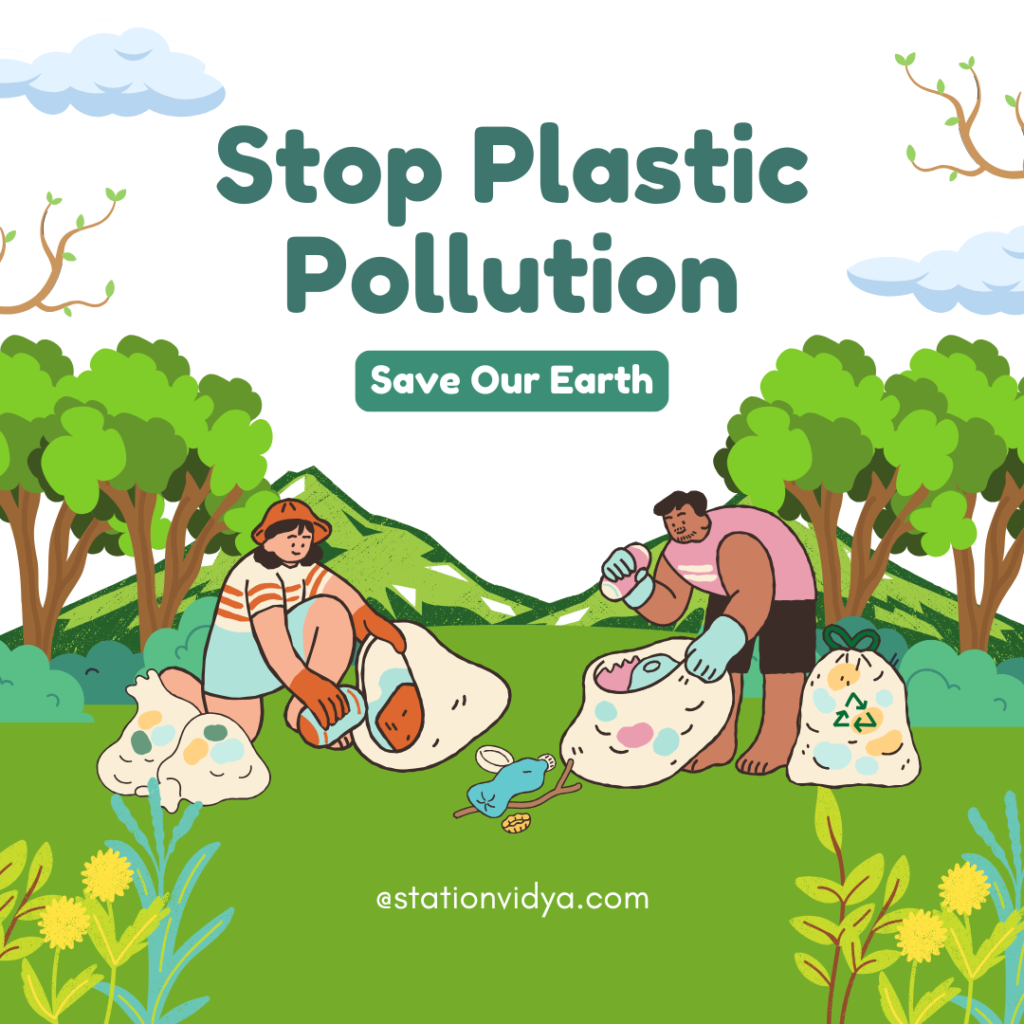
You can download PDF of essay from here.
That’s all for the role of students in protecting the environment.
for more articles like this you can our website : https://www.stationvidya.com/
You can follow us on Instagram: https://www.instagram.com/stationvidya/
Facebook: https://www.facebook.com/stationvidya/
You tube: https://www.youtube.com/@stationvidya/
We hope you’d loved the content , please do like, share and comment.
Subscribe for notification.
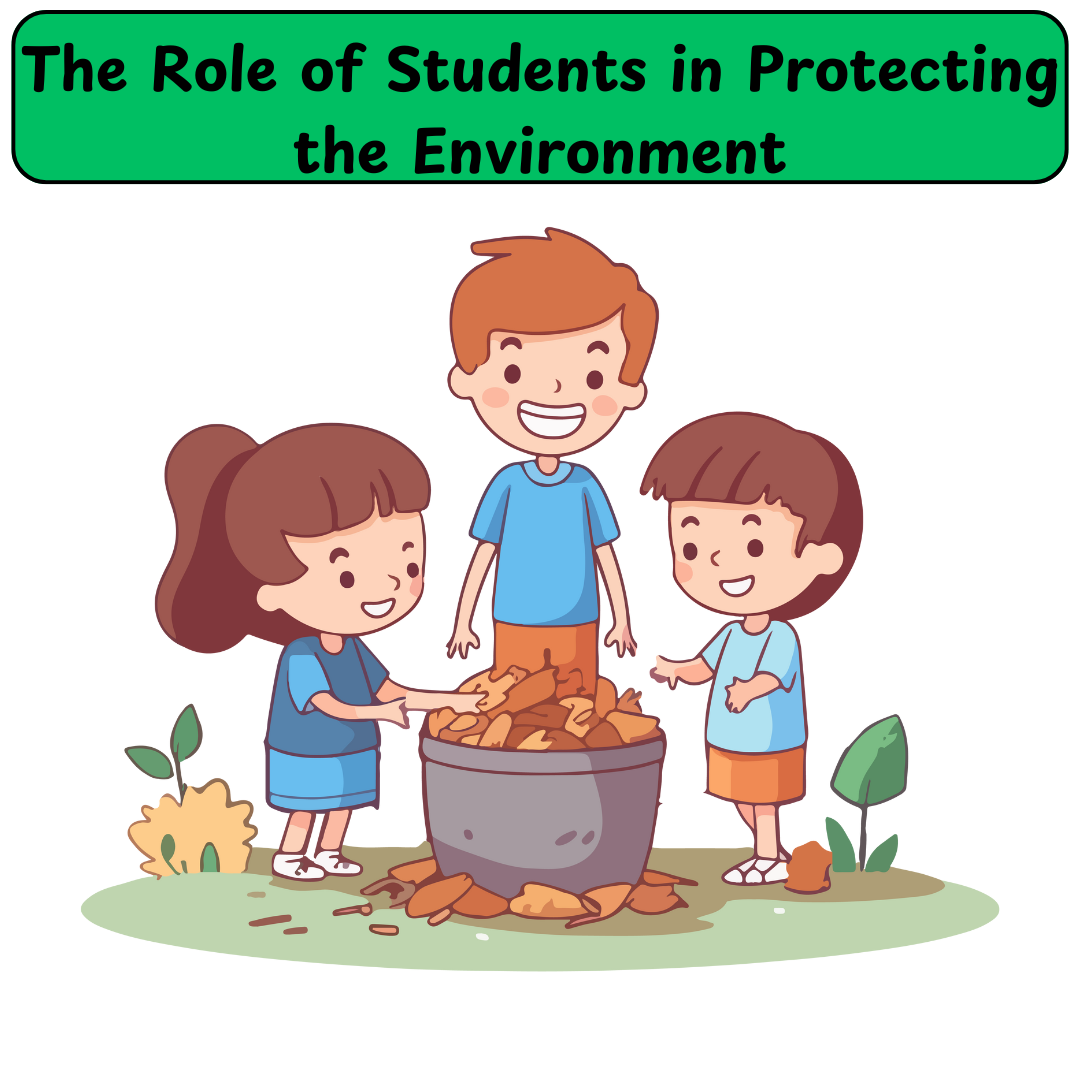
Leave a Reply